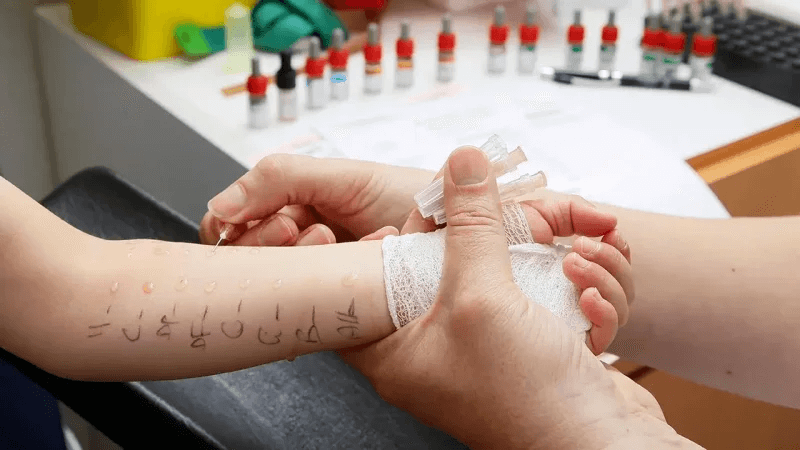Food allergies are becoming increasingly common, in children and in adults. Yet it’s surprisingly difficult to get a handle on even the basics. The United States Department of Agriculture estimates about 2 percent of adults and 4 to 8 percent of children suffer from food allergies, but some scientists think the number is as high as 10 percent across the board, around 33 million people in the US. Some have even described food allergies as an epidemic.
Here are what scientists are thinking most about when it comes to food allergies:
As sanitation and cleanliness have improved, food allergy rates have increased. The thinking is that with fewer germs and parasites to counteract, the immune system starts to turn against harmless things like allergens.
…
“Our guidelines suggested initially that kids should avoid food allergens early in life,” said Douglas Mack, an assistant clinical professor of pediatrics at McMaster University. But this thinking may have been wrong, and it may have even backfired. It could explain why allergy rates have risen so much in the past 30 years compared to the decades prior.
…
It does appear that some people are more inherently susceptible to developing allergies than others. However, the genetic roots of allergies are complicated, as nearly 100 genes are known to be involved. Among twins where at least one in the pair is allergic, 64 percent of identical twins — twins that have the same genetics — shared a peanut allergy, while just 7 percent of fraternal twins had an allergy in common.































